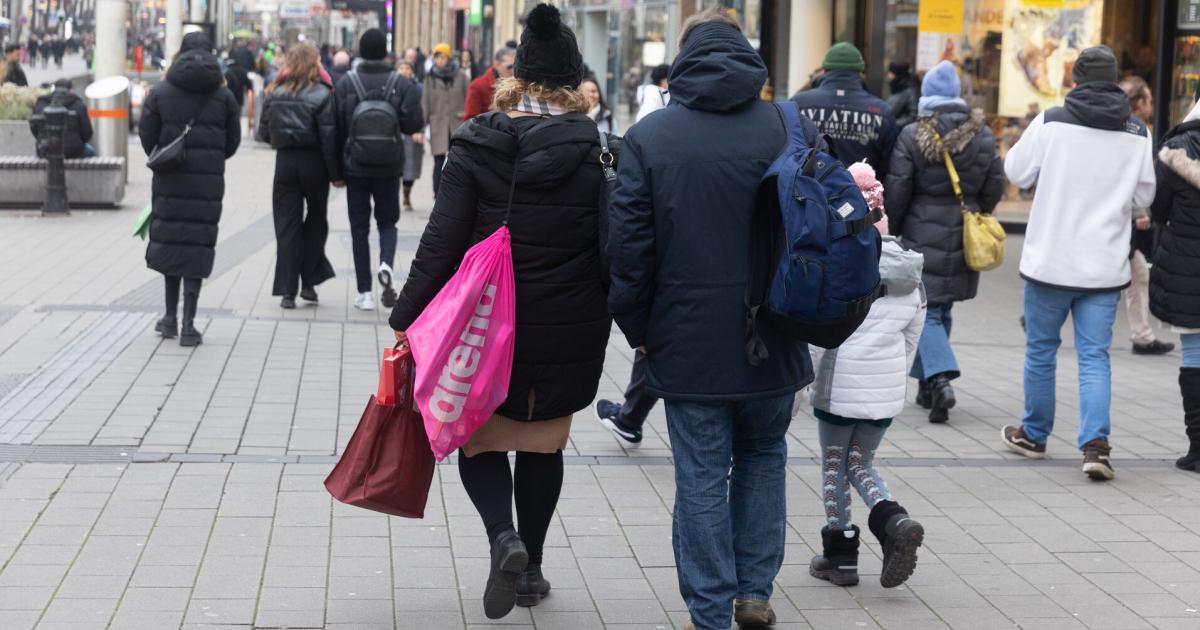When Advent calendars, gingerbread and fairy lights appear in stores, it is an unmistakable sign: Christmas is approaching. A survey by the Linz Market Institute on behalf of SES Spar European Shopping Centers has shown positive prospects for Christmas business. People want to spend more money on gifts this year – and more so in brick-and-mortar stores. 1,000 people over the age of 16 were surveyed about their shopping behavior and planned spending.
The number of people who want to go to a shopping center at least once a week in the run-up to Christmas has increased by eight percentage points from 13 to 21 percent compared to the previous year. At the same time, online Christmas shopping is stagnating. This year, 32 percent of those surveyed said that they would primarily buy their gifts online. Last year, 34 percent wanted to do their shopping online. The Christmas spirit – from decorations to music to events – in stationary retail is important to 83 percent of women and 77 percent of men, the survey showed.
Spend more money
When it comes to spending, the proportion of those who want to spend up to 500 euros has grown from 50 to 63 percent. At the same time, the proportion of people who estimate their budget for gifts to be between 500 and 1,000 euros has increased from 18 to 22 percent. And the number of people who want to spend more than 1,000 euros has more than doubled from six to 13 percent. The voucher remains the number one gift, followed by money. Then come books, toys, perfumery, clothing or shoes and food.
“People are looking forward to Christmas, spending more money again and enjoying the Christmas atmosphere in stationary retail,” said Christoph Andexlinger, CEO of SES Spar European Shopping Centers, summarizing the results in an interview with APA. He sees positive signals for the Christmas business. “Especially in times of multiple crises, people also want to experience positive things,” said the manager.
No last minute shopping
The number of people who only get their gifts at the last second is decreasing. “People are starting their Christmas shopping earlier and earlier,” Andexlinger sees the survey as confirming an observed trend. For three quarters of those surveyed, the Christmas season begins around December 1st. Over half of those surveyed start shopping at this point at the latest, and 56 percent have completed their shopping after the first weekend of Advent. Among 16 to 29-year-olds, two-thirds of them bought everything at such an early age.
Overall, Christmas shopping and the mood are particularly important to the young target group. Compared to others, young people are the ones who start buying gifts the earliest, go to the shopping center the most and for whom the Christmas spirit is most important. And they are also those who most often dress in festive or Christmas-themed clothes on Christmas Eve. At least one in four respondents said they wanted to wear a Christmas sweater or clothing with a Christmas motif.
The survey also revealed regional differences: While 61 percent of people in Vorarlberg, Tyrol and Salzburg start shopping before the first weekend of Advent, in Styria and Carinthia the figure is only 52 percent. Festive clothing for Christmas is important to 46 percent of Viennese, in Lower Austria and Burgenland it is only 31 percent.
